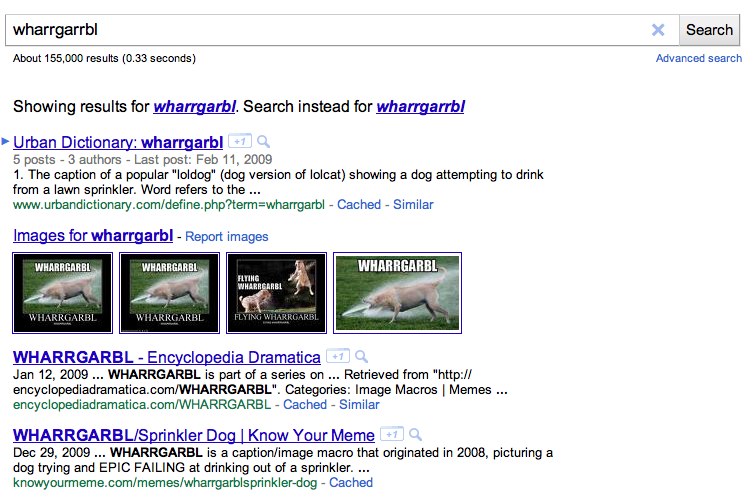The Economist put up a great article last week on the effectiveness of user reviews on Web site product conversions:
Amazon was a pioneer in this regard: it has allowed customers to post reviews of books and other products for many years. Initially, publishers and authors were worried that allowing negative reviews would hurt sales. Online retailers have generally been reluctant to allow users to leave comments, says John McAteer, Google’s retail industry director, who runs shopping.google.com, the internet giant’s comparison-shopping site. But a handful of bad reviews, it seems, are worth having. “No one trusts all positive reviews,” he says. So a small proportion of negative comments—“just enough to acknowledge that the product couldn’t be perfect”—can actually make an item more attractive to prospective buyers.
Well, of course the general fear is that people will jump out on things that they don’t like, and say all kinds of mean things about them. That’s what the Internet is for—and in customer service, you always hear a lot more from people who don’t like something than you hear from people who do like something. I can tell you from personal experience that both I and my wife have purchased items on account of negative reviews, because learning that it wasn’t what someone else wanted told me that it was exactly what I wanted.
And the volume of reviews means a bunch, too:
The sheer volume of reviews makes far more difference, according to Google’s analysis of clicks and sales referrals. “Single digits didn’t seem to move the needle at all,” says Mr McAteer. “It wasn’t enough to get people comfortable with making that purchase decision.” But after about 20 reviews of a product are posted, “We start to see more reviews—it starts to accelerate,” says Sam Decker, the chief marketing officer of Bazaarvoice, a firm that powers review systems for online retailers.
His company’s research shows that visitors are more reluctant to buy until a product attracts a reasonable number of reviews and picks up momentum. In a test with Kingston, a maker of computer memory, Bazaarvoice collected reviews of Kingston products from the firm’s website and syndicated them to the website of Office Depot, a retailer. As a result there were more than ten reviews per product, compared with one or two for competitors’ offerings. The result was a “drastically” higher conversion rate, which extended even to other Kingston products that lacked the additional reviews.
You see this to a lesser degree (which is also in the article) on blog comments, which start slowly and can pick up massive amounts of steam when a critical mass of people choose to throw their voice into the debate. As the numbers grow, the number of contact points into the conversation increases.
Positive reviews are also motivated by the idea of social capital—that is, people will want to review things favorably and say nice things about them because it puts their name out there and lends them some sense of expertise within the community that cares about the reviews. It gives them a good feeling, and in essence gives them a way to directly compliment the work and the author/creator. Keep in mind also that people tend to buy things that interest them, and you have an interesting social system where the normal outcome is going to be a positive review (unless you’ve hoodwinked them into thinking a product is something it’s not, in which case you deserve the negative reviews).
Giving voice to a community—however large or small—and giving them the power of feedback is a powerful thing. It can even empower them to help you sell something.
What do you think? Have you ever had a purchase decided for you by user reviews or comments? How often do you consult those types of resources when shopping online? Are you disappointed or wanting for more information when reviews aren’t there or there aren’t enough of them?
Like this:
Like Loading...


